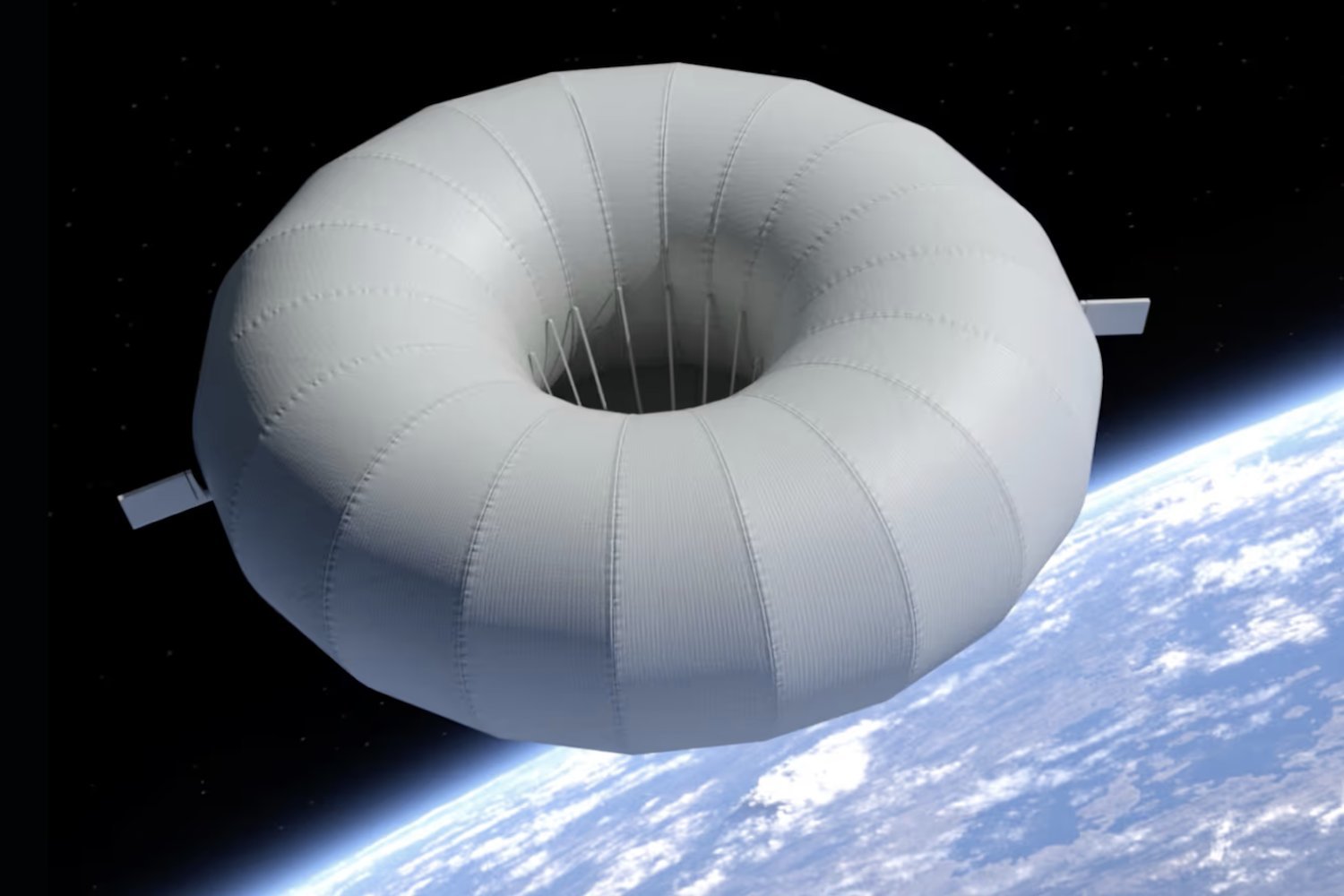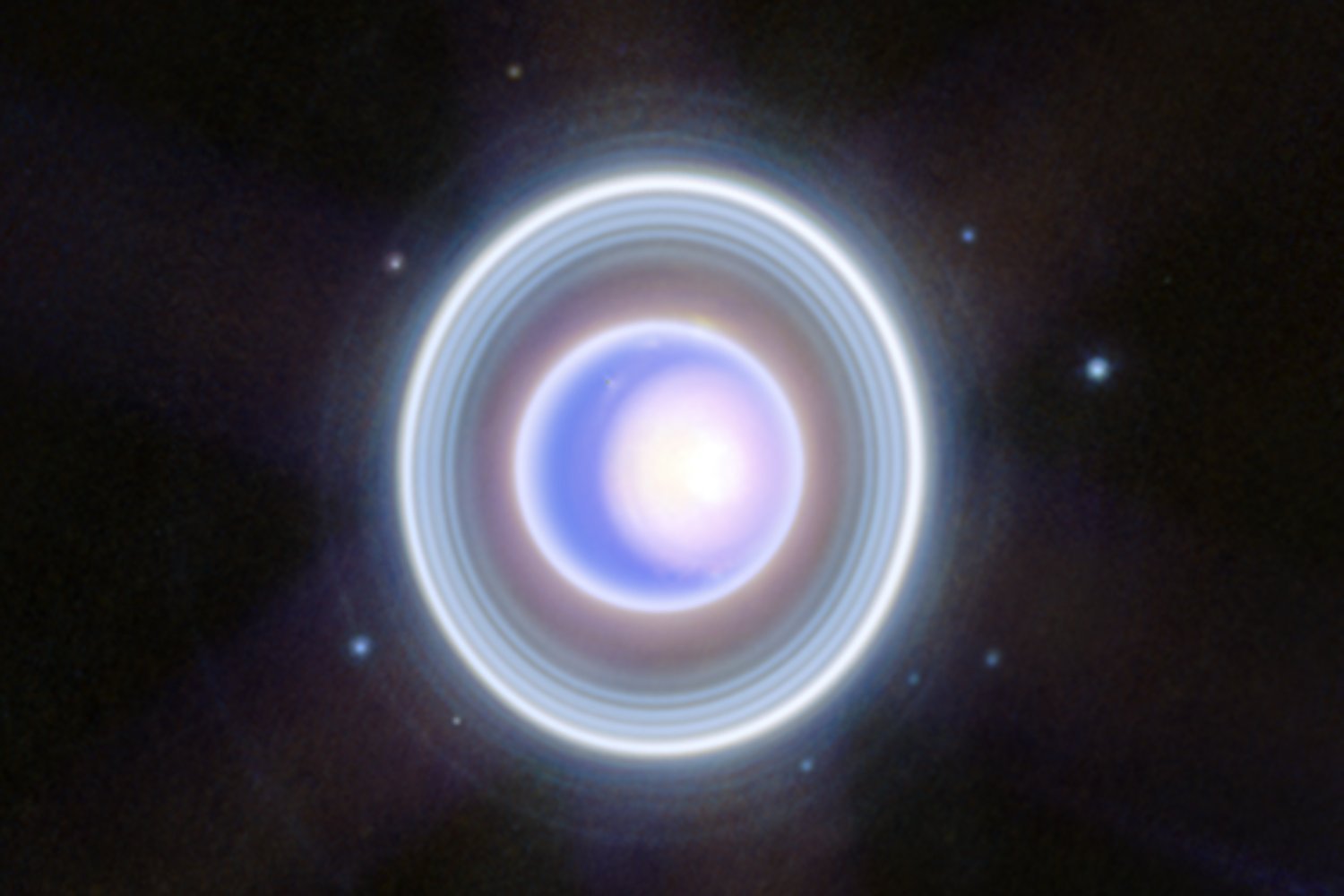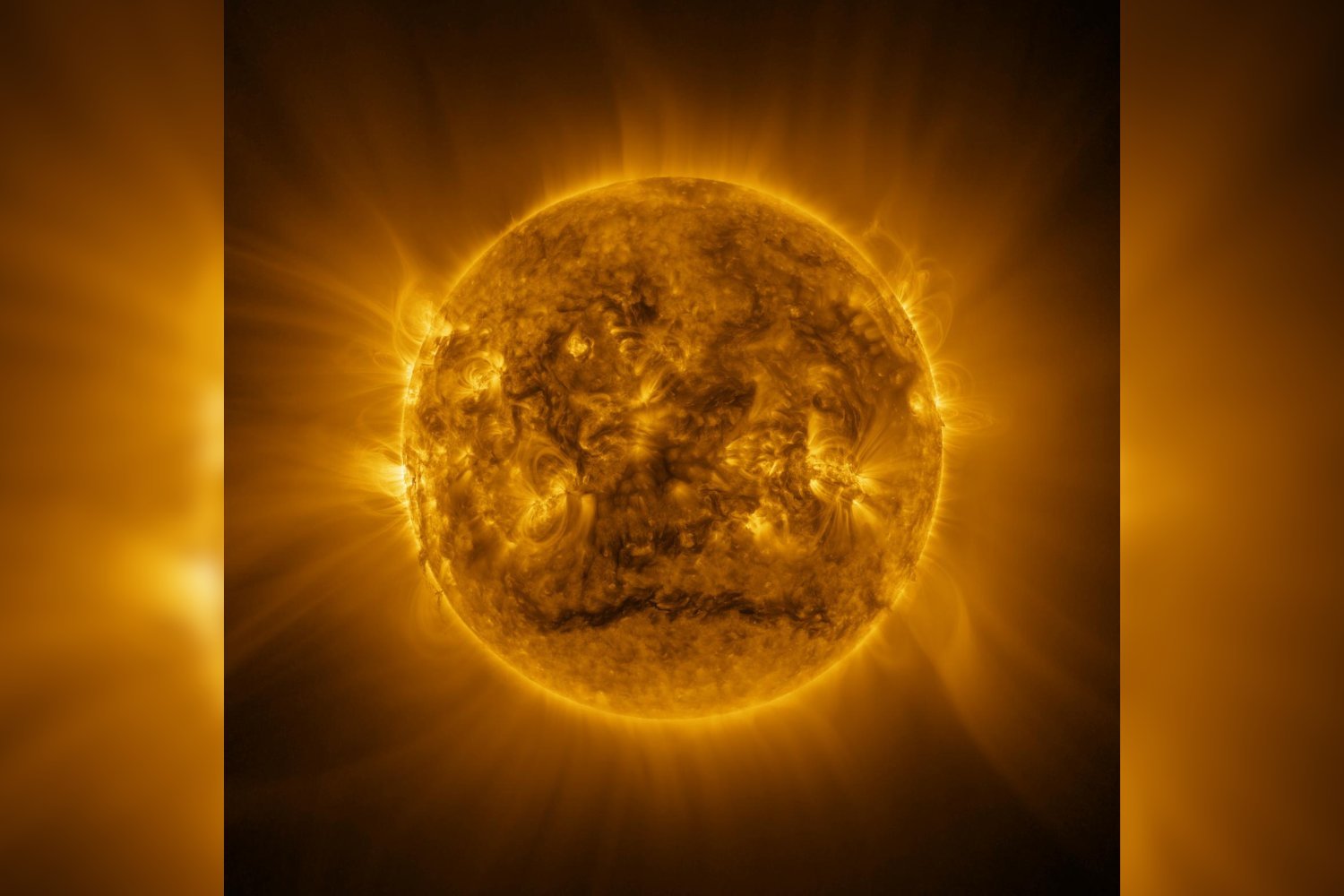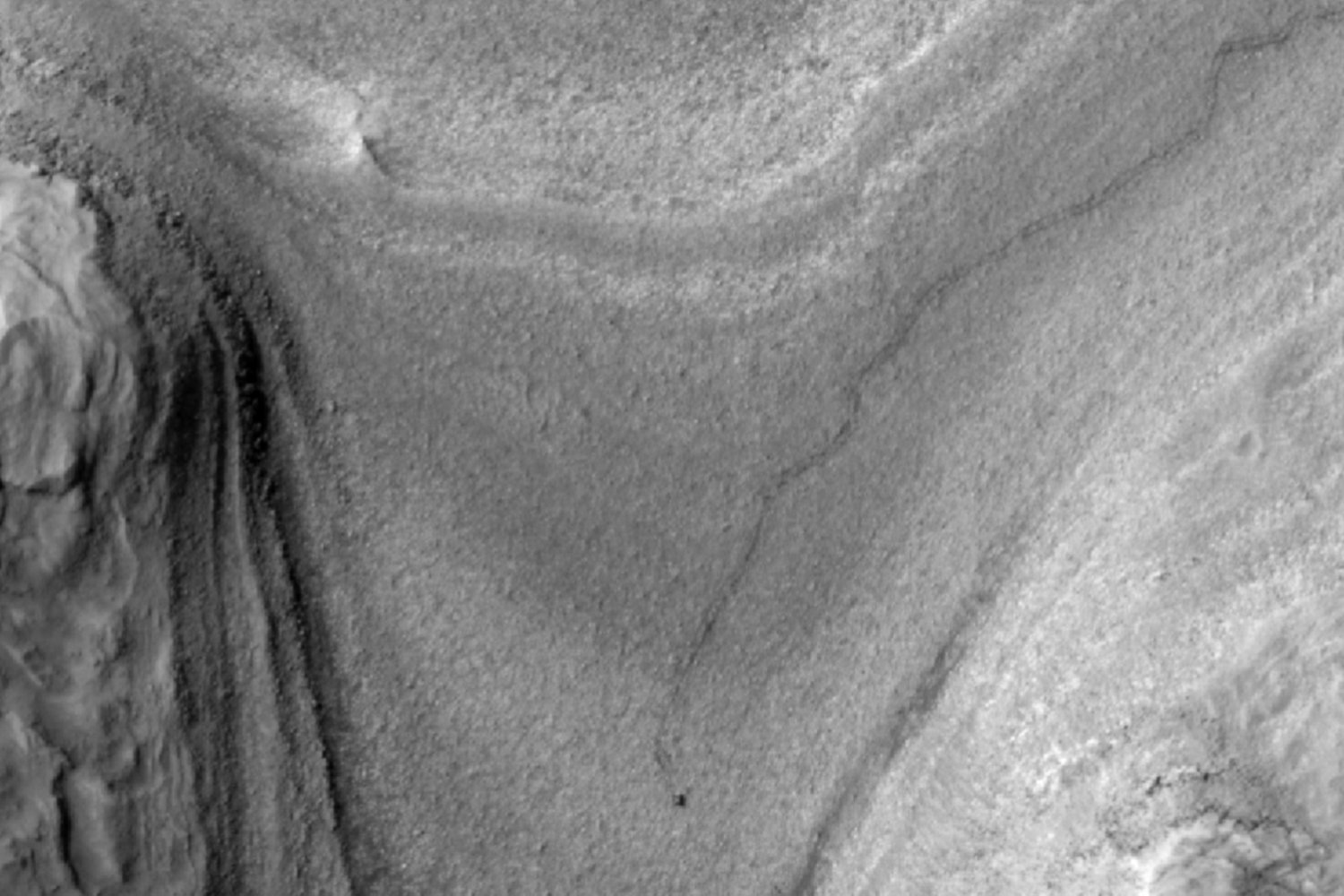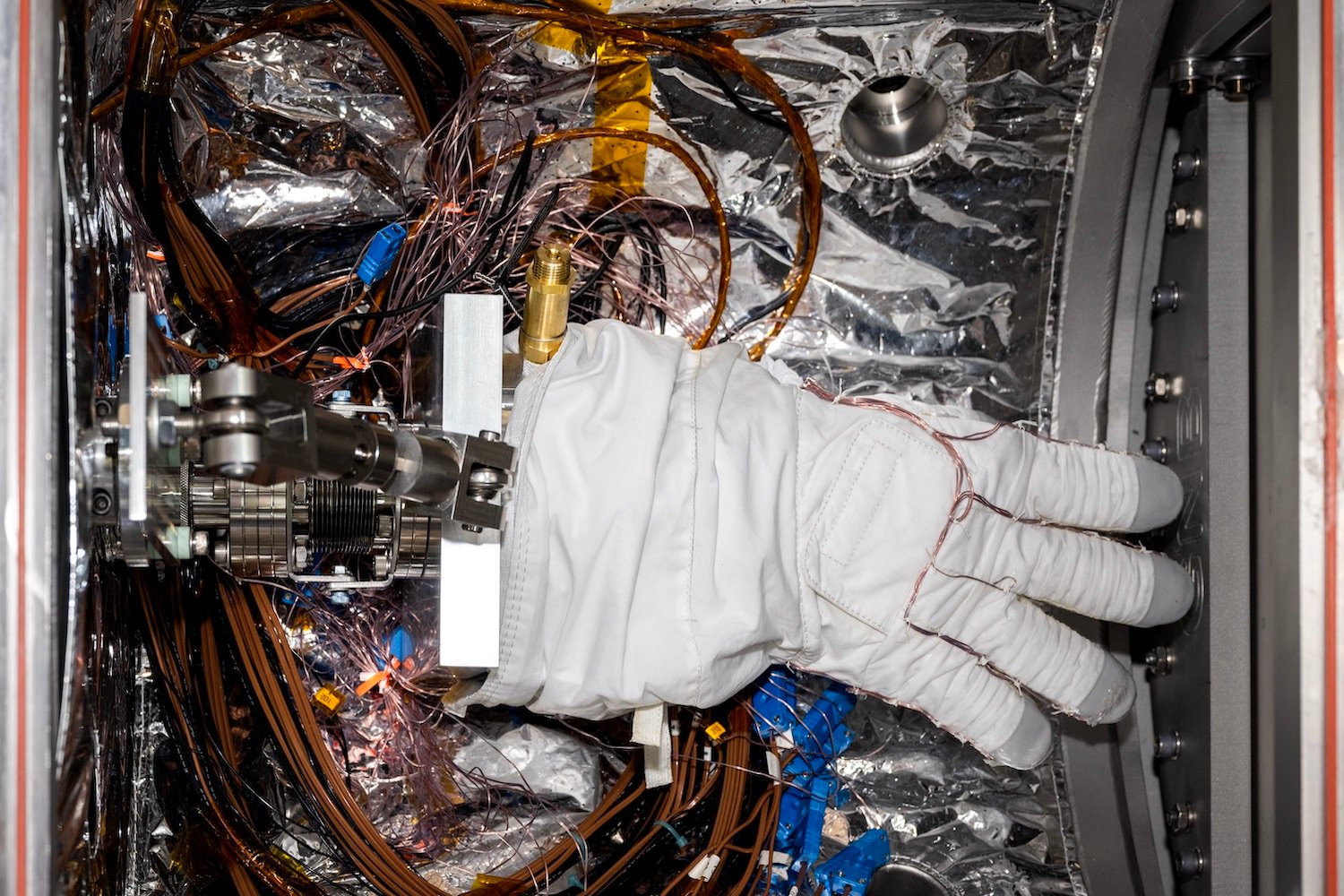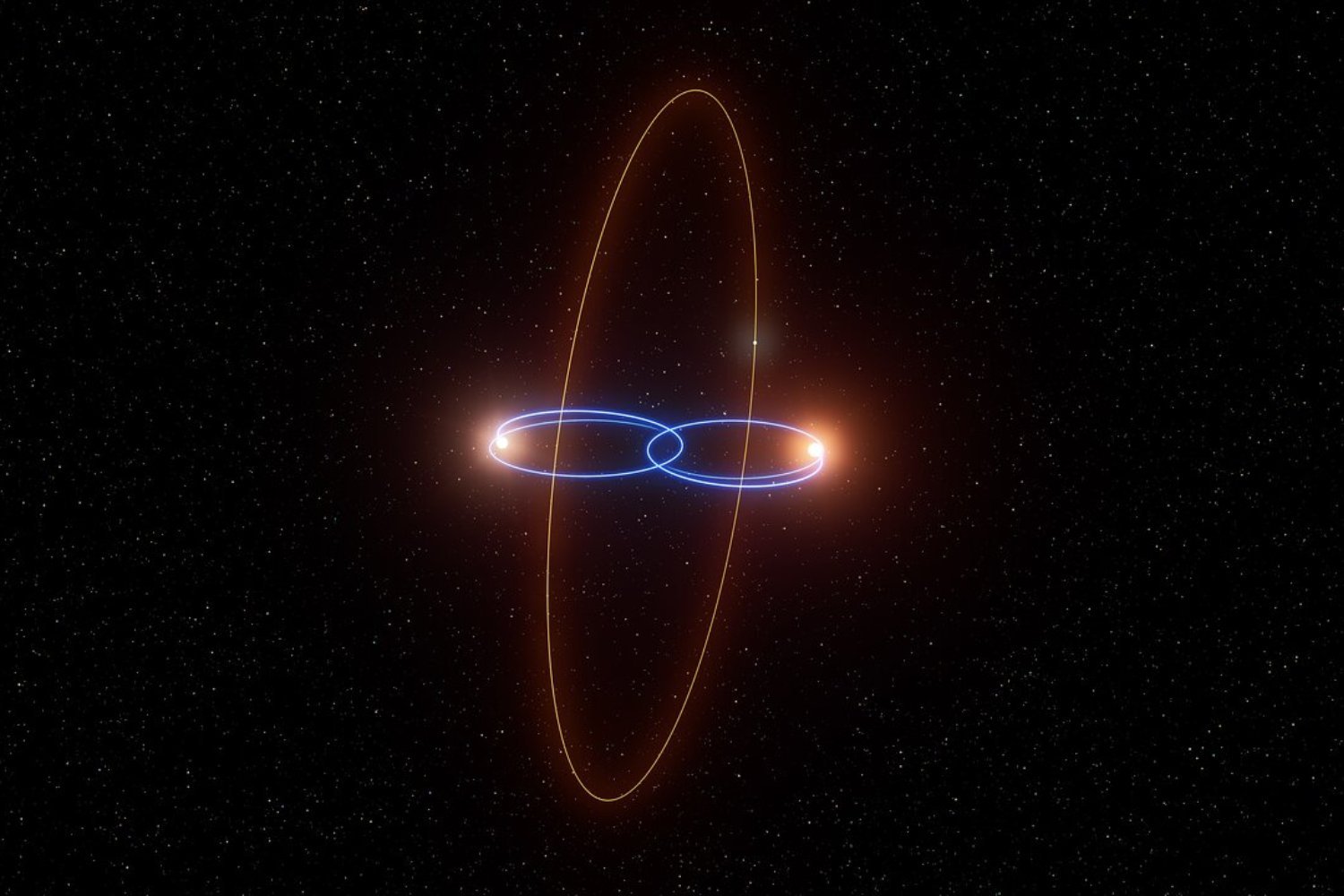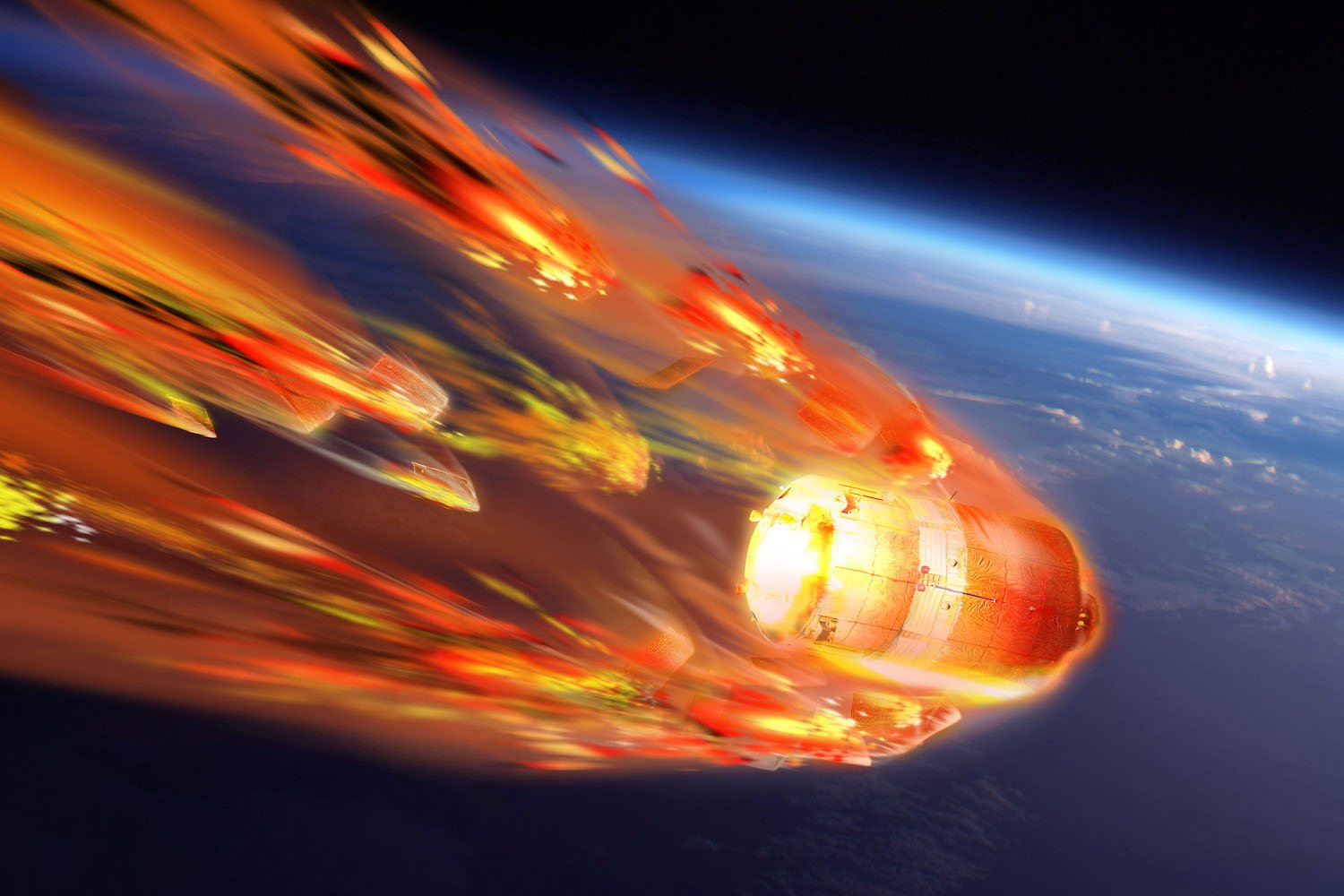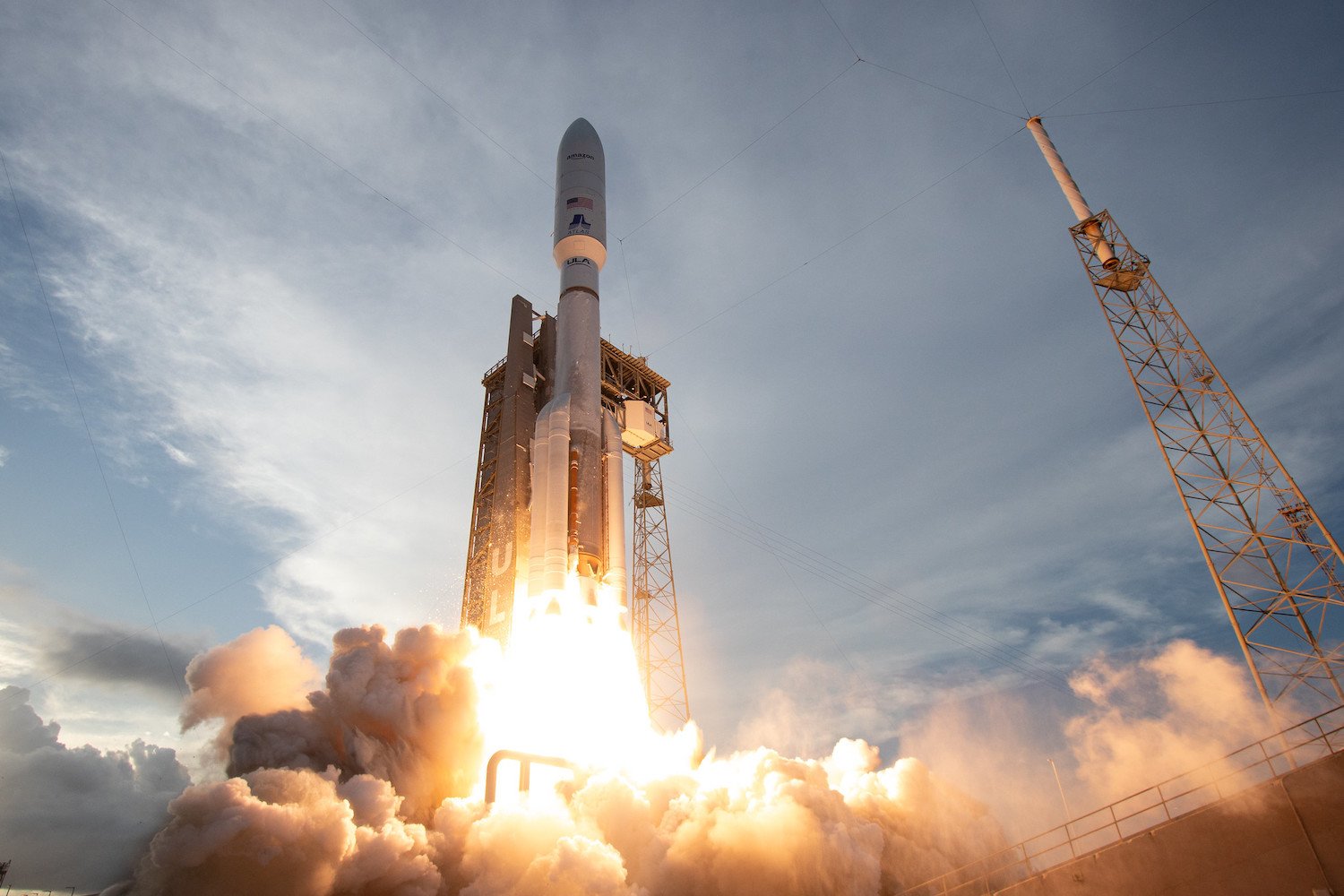The James Webb Space Telescope (JWST) recently detected dimethyl sulfide (DMS) on K2-18 b, a potentially habitable exoplanet 120 light-years away. This discovery has sparked excitement, with some suggesting it could be the first sign of life beyond Earth. However, the scientific community remains divided, with some cautiously optimistic and others highly skeptical. Could this DMS signal indicate life, or is it a result of unusual abiotic processes on this distant world?
Analyzing the Data: DMS Detection and its Implications
The detection of DMS on K2-18 b, a Hycean world orbiting a red dwarf star, relies on analyzing light passing through the planet’s atmosphere. While the 3-sigma confidence level is promising, it’s not definitive. Confirming the presence of DMS and understanding its origin requires several crucial steps: verifying the signal’s source, attributing it to DMS, ruling out non-biological explanations, and exploring the possibility of biological production.
Challenges to Habitability: K2-18 b’s Extreme Environment
K2-18 b’s potential habitability is a key factor in interpreting the DMS signal. Current data suggests a hot climate, possibly too extreme for liquid water oceans. Magma oceans might exist beneath the hydrogen-rich atmosphere. If DMS is confirmed, it might be a product of lifeless, hot, sulfur-rich atmospheric chemistry rather than a biosignature. Assuming a biological origin for DMS would require reassessing current understanding of K2-18 b’s climate.
Expert Opinions: From Cautious Optimism to Deep Skepticism
Experts offer varying perspectives on the DMS detection:
- Oliver Shorttle, a planetary chemist at the University of Cambridge, believes the DMS finding doesn’t confirm extraterrestrial life. He emphasizes the need to confirm the signal, attribute it to DMS, and rule out non-biological sources before considering a biological origin. He highlights the current understanding of K2-18 b’s climate as a challenge to the life hypothesis.
-
Christopher Glein, a geochemist at the Southwest Research Institute, finds the data intriguing but cautions against immediately interpreting DMS as a biosignature. He stresses the potential for unexpected abiotic chemistry on exoplanets and the need for multiple lines of evidence to support a life detection claim.
-
Nikku Madhusudhan, the lead author of the study from the University of Cambridge, acknowledges the increased possibility of life but emphasizes caution. He anticipates more data in the coming years will provide more definitive answers.
-
Ignas Snellen, an astrophysicist at Leiden University, expresses strong skepticism, questioning the robustness of the DMS detection and criticizing the focus on DMS while ignoring other potential explanations. He calls for more rigorous analysis before invoking astrobiology.
-
Sara Seager, a planetary scientist at MIT, suggests K2-18 b might become a “biosignature planet candidate” requiring further investigation. She acknowledges the difficulty of confirming such detections and anticipates further research into abiotic DMS production.
The Future of Biosignature Detection: A Long Road Ahead
The detection of DMS on K2-18 b highlights the challenges and complexities of searching for life beyond Earth. While this discovery is intriguing, it’s crucial to approach such findings with caution and rigorous scientific scrutiny. Further research, including additional JWST observations and laboratory studies of potential abiotic DMS production pathways, is essential to unravel the mystery of this distant world.
The search for life beyond our planet continues, and while the DMS detection on K2-18 b doesn’t provide definitive proof, it fuels the ongoing quest to answer the fundamental question: are we alone in the universe?




